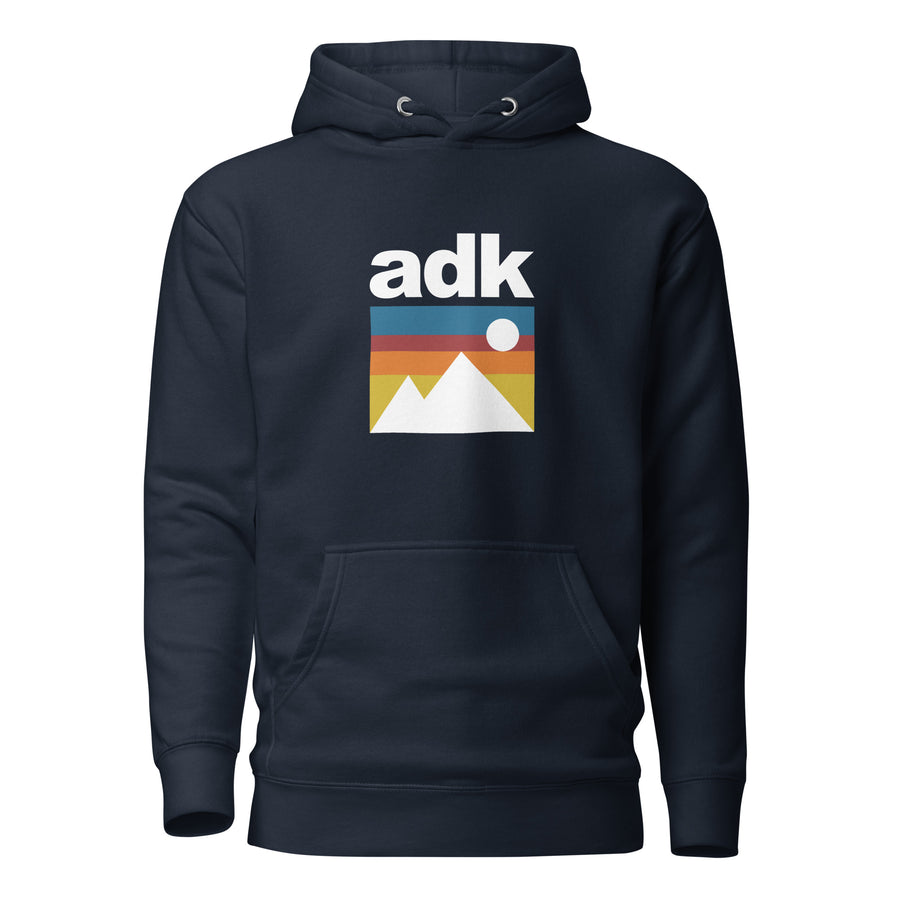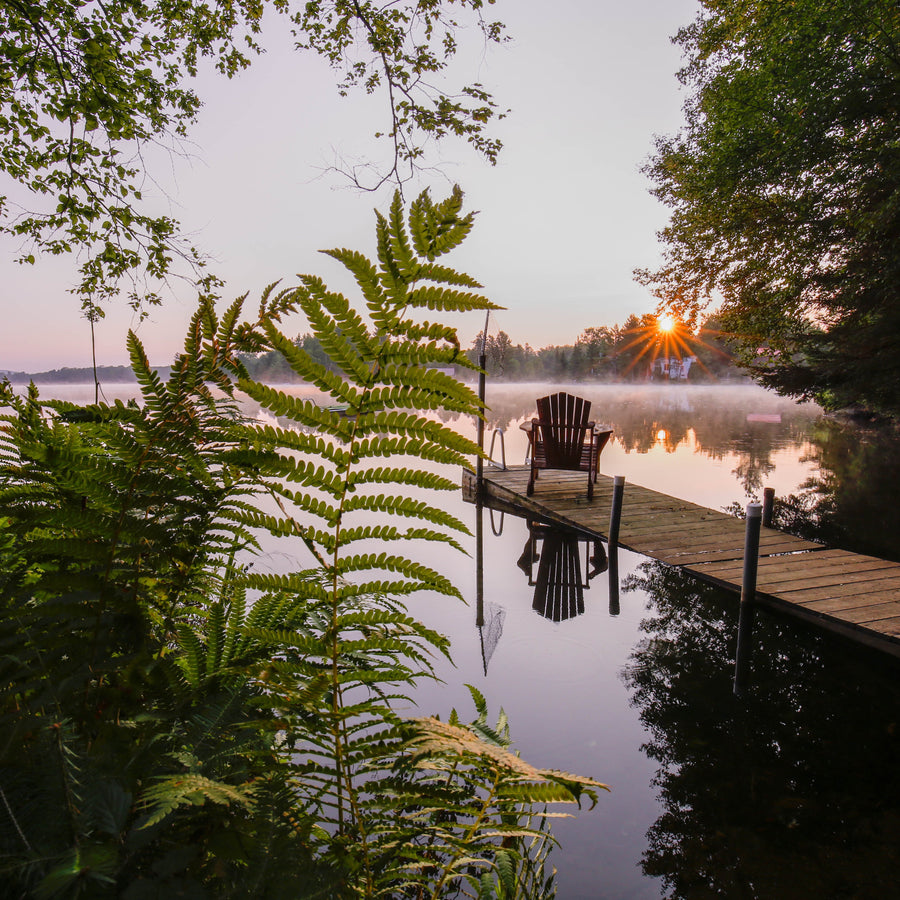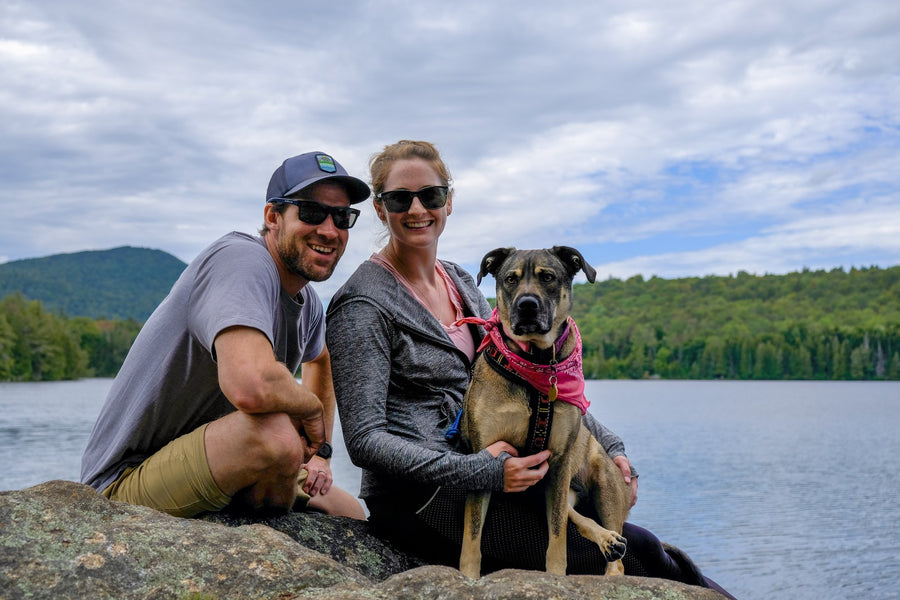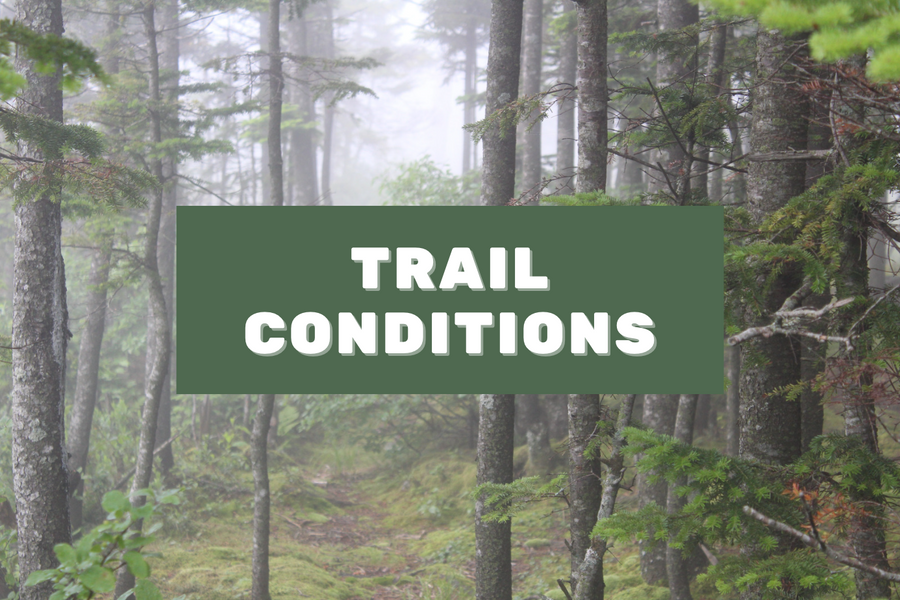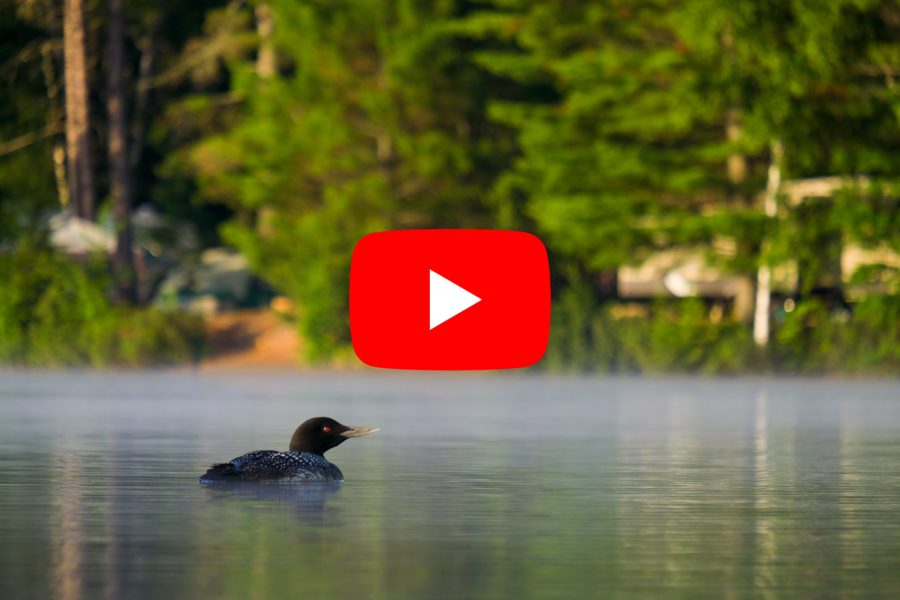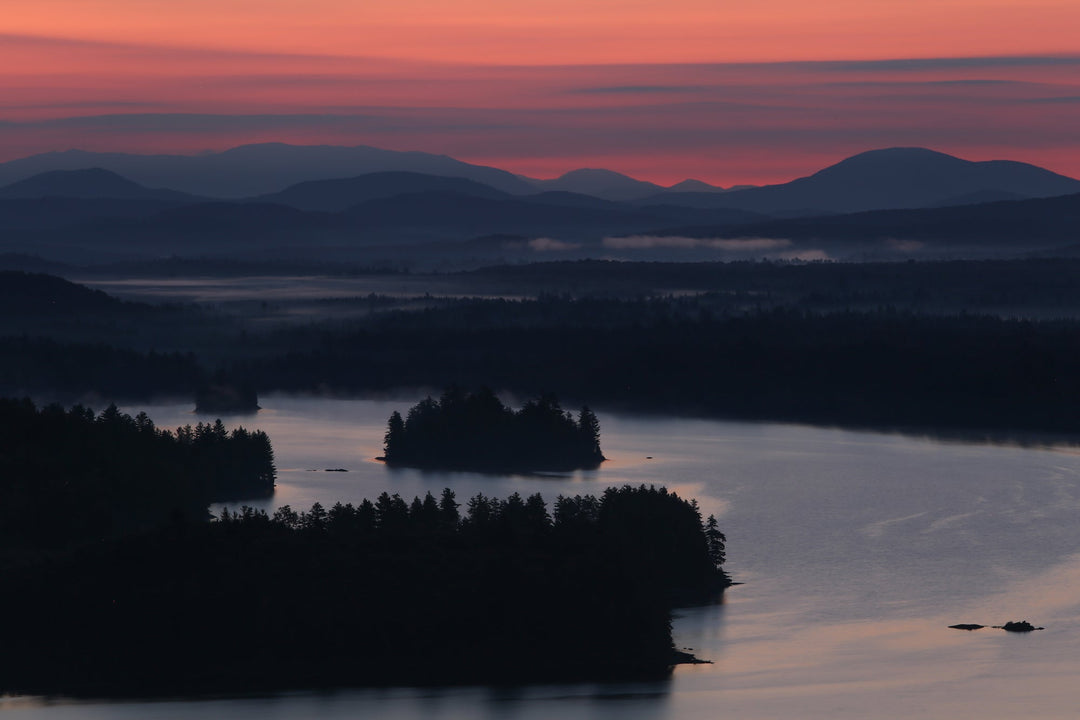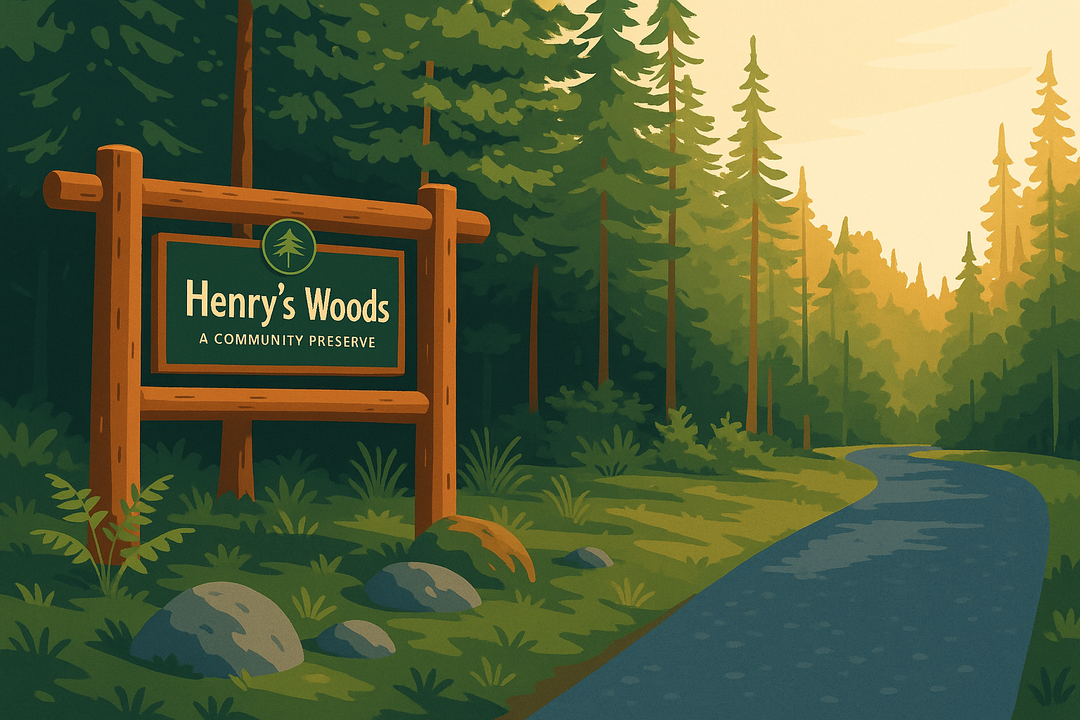Icelandic Wildlife Sightings
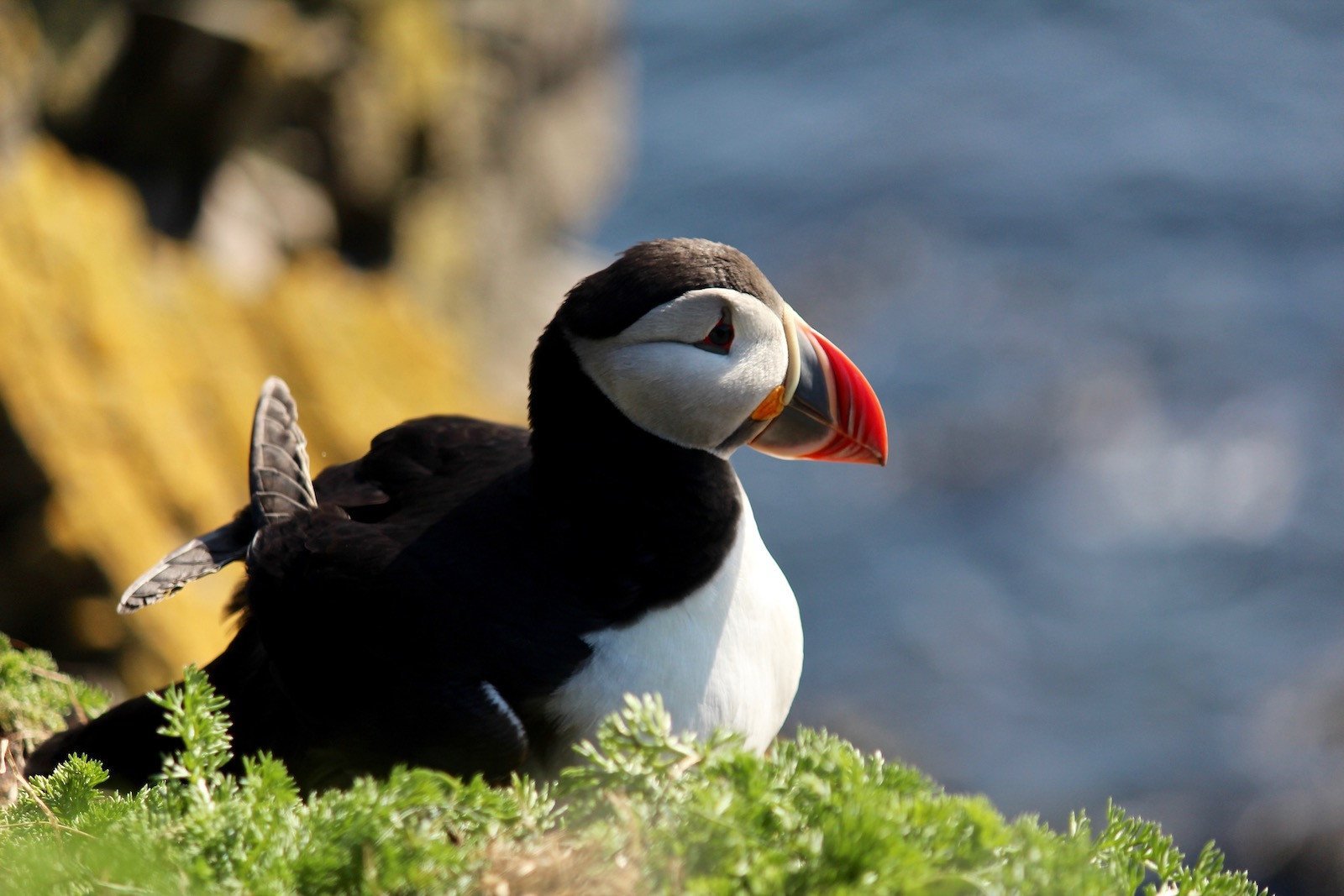
One of my favorite parts about traveling to a new country is getting to see new animal species. Although I never got to see an elusive kiwi in New Zealand, I did spot another cool bird, the kea - the only alpine parrot notorious for its curiosity and love of trinkets - as well as some of the native New Zealand fur seals. While hiking the Tour du Mont Blanc in Europe, Evan and I saw some ibex and marmots, and while visiting my former foreign exchange student in Norway, my family and I scouted out a bunch of moose (something we’re still trying to spot in the Adirondacks!). Our trips to Iceland have definitely resulted in great wildlife viewing opportunities, especially on our latest campervan road trip. Besides the sheep that are found everywhere and anywhere, we saw:
Common Snipe (Gallinago gallinago)
Hearing this bird will forever make me think of Iceland. While camping around the country, this is one of the most common and unique sounds that we heard in Iceland (Unfortunately, we were unable to capture a photo of one of these). During courtship, the male snipe produces a drumming sound through the vibrating of the bird’s tail feathers. This drumming sound has been compared to the bleating of a sheep or a goat. Click through a few of these sound bytes - if you’ve been to Iceland, you’ll definitely recognize this bird!
Icelandic Horse (Equus ferus caballus)

A breed that is long-lived and hardy, the Icelandic horse is truly an icon for the country. Arriving in Iceland with the first settlers from Norway over 1,000 years ago, these horses have evolved into sure-footed creatures that have great ability to cross rough terrain. They are also unique in that they are a "five-gaited" breed, so in addition to the typical gaits of walk, trot, and canter/gallop, the Icelandic horse is noted for its ability to perform two additional gaits: the tölt and flying pace, a fast but incredibly smooth gait. To see these beauties with their manes and tails flowing in the wind is a sight to behold!
Nesting Seabirds

The Latrabjarg Bird Cliffs is a great wildlife viewing area! The trail along the cliffs was desolate and impressive. The steep drops were home to thousands of nesting seabirds – from gulls to arctic terns and tons of little black and white guillemots. The walk along the cliffs was along small dirt paths amongst the hummocky terrain. Leaning over the side of the cliffs opened up a world of birds – the smell of them wafting up to you, the sound of their chatter drifting around the air space, and the sight of them clinging to precarious rocks or taking the free fall until they catch a draft of wind – all great experiences to reach every sense.
Arctic Fox (Vulpes lagopus)

While walking along the cliffs of Latrabjarg, we saw an Arctic fox! It is one of the coolest animals I have ever seen and the only terrestrial mammal native to Iceland. It was small and mostly black, except for its huge puffy tail, which was still its light cream-colored winter hue. The little critter popped up near the trail and then delicately pranced down into the meadow where we watched it tracking some scent, probably hunting for a meal.
Atlantic Puffin (Fratercula arctica)

So one of the main reasons we went to Latrabjarg was to try to spot a puffin. Walking along the cliffs we kept a keen eye open, but we didn’t have any luck in spotting any. Skeptical that they were actually in the area, we headed back to our Happy Camper to get packed up and ready to go. Evan wandered off to try to find a bathroom and it’s a good thing that he did! As he walked down toward the lighthouse, he spotted a puffin! Turns out the puffin’s main nesting area was right down by the lighthouse and parking area all along. So excited by the discovery, we stuck around and watched the puffins for a while – just laying on the side of the cliff and patiently waiting for them to stroll out of their cliffside nests. It was an incredible experience! They are such cute little birds.
Harbor Seal (Phoca vitulina)

While exploring Jökulsárlón, we spotted a few seals playing in the lagoon. I’m not exactly sure what type they were, but based on some research, I’m guessing they were harbor seals, the most abundant seal in Iceland. They were definitely curious creatures - swimming around and keeping an eye on the visitors as they popped up for air here and there. We didn’t see any lounging on the icebergs, but apparently that’s a common way to see them in the lagoon as well.
Caribou/Reindeer (Rangifer tarandus)
At one point when we were driving along the southeastern coast, we spotted a few caribou running along the side of the road - it was quite a pleasant surprise! I knew caribou (also called reindeer) existed in Iceland, but I didn’t expect to see any. Our group attempted to capture a photo of the moment, but they quickly scattered away before we could get the shot. Apparently reindeer were introduced from Norway late in the 18th century originally for farming, but the animals were never truly domesticated. Today the wild reindeer are primarily found only in East Iceland, at higher elevations in summer and sometimes seeking out lower grassland, closer to the coast in winter.
Humpback Whale (Megaptera novaeangliae)
Whale watches in Iceland are a great way to get up close and personal with these massive and impressive creatures. While in Húsavík both in 2013 and our most recent visit, we joined North Sailing for a whale watching cruise in the Greenland Sea aboard some amazing traditional oak boats. Humpbacks can be easily identified by their long and knobby pectoral fins (flippers) and the unique black and white patterns on the underside of their tail flukes. The cool thing is that these patterns are as unique as fingerprints and they allow scientists to distinguish individual whales. In summertime, the Northern Atlantic humpback frequents shallow waters around Iceland and often comes into the fjords and bays in search of food.
Greenland Shark (Somniosus microcephalus)
While we didn’t see one of these guys alive, we did experience the Greenland shark fermentation process up close at the Bjarnarhöfn Shark Museum. Living in the deep, cold waters of the North Atlantic and Arctic oceans, the Greenland shark has a high concentration of trimethylamine N-oxide in its tissues, which causes the meat to be toxic. In Iceland, Greenland shark flesh is treated to reduce toxin levels and make it edible, a delicacy known as kæstur hákarl. As visitors to the Shark Museum learn, detoxifying the shark meat is traditionally done by burying the meat in boreal ground for 6–8 weeks, which begins to remove the toxins by both pressure and partial fermentation. After spending some time in the ground, the shark meat is then hung in a drying shed to dry for several more months - a crazy process, and an even crazier tasting meat. Certainly not my favorite!
Sheep (Ovis aries)
While these guys aren't "wild" like the rest of the animals listed above, they deserve a shoutout here, as you'll see them all over the place during your road trip around Iceland.
To see more posts related to our adventures in Iceland, check out the blog entries below:
- 10 Things I Learned While Road Tripping through Iceland in a Happy Campers Van
- Our Adventure Around Iceland With Happy Campers
- 10 Reasons to Road Trip in Iceland
- A 10 Day Tour of Iceland
Thanks again to Happy Campers for providing us with a complimentary rental. All opinions are our own. This post also does contain some affiliate links that will give us a commission for any new bookings.

